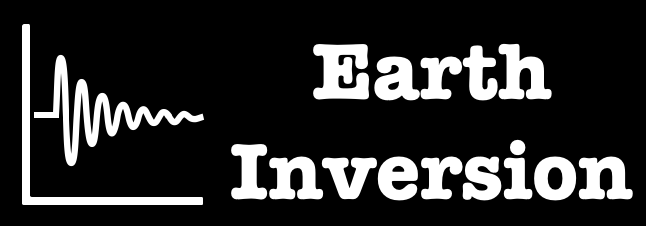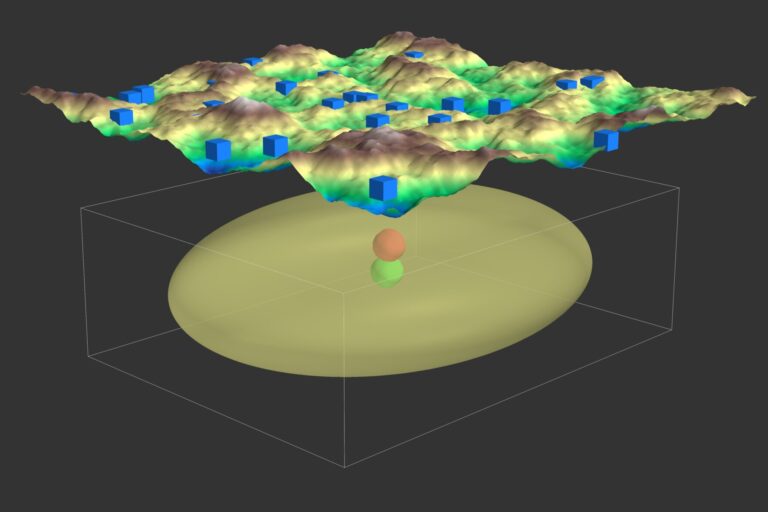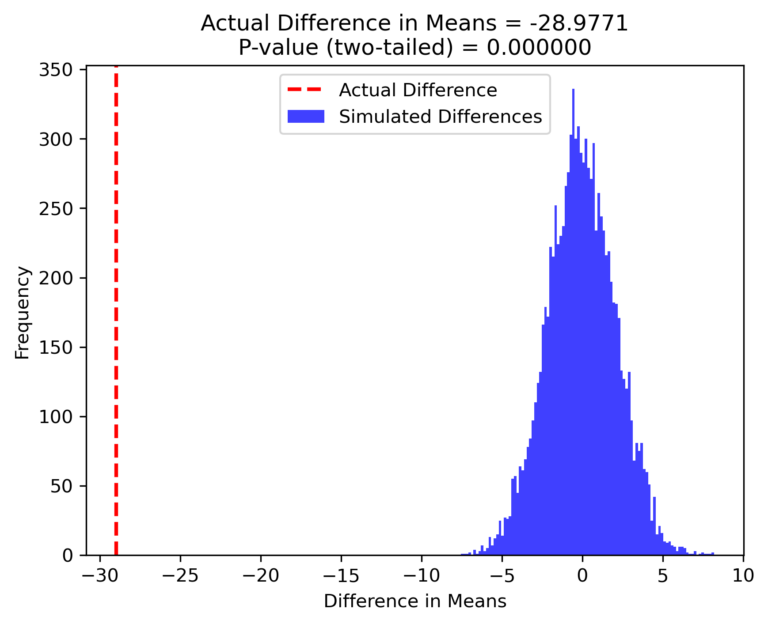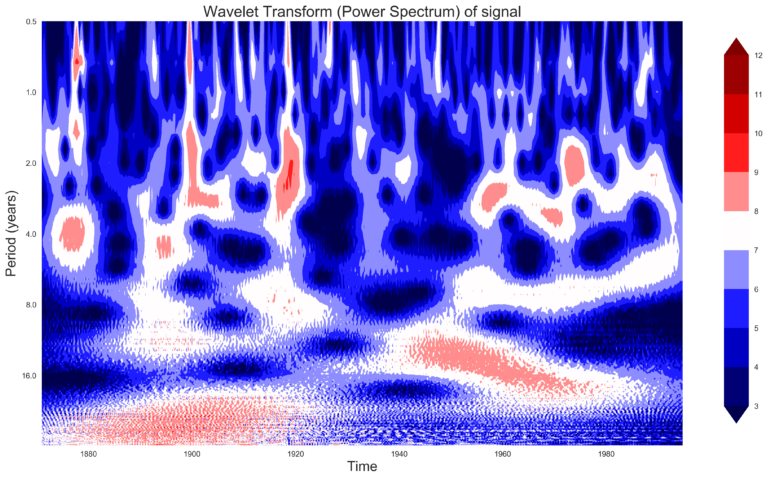Getting Started with Databricks for Big Data Analysis
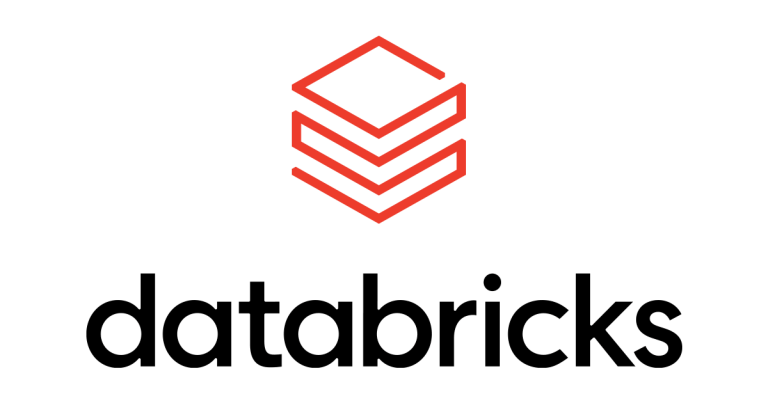
Databricks is a cloud-based platform that simplifies big data analytics by integrating powerful cluster management with an intuitive notebook interface. Perfect for beginners, its free community edition offers a 15GB cluster for experimentation. With built-in support for Python, SQL, and Apache Spark, Databricks enables users to upload, process, and analyze data effortlessly.
